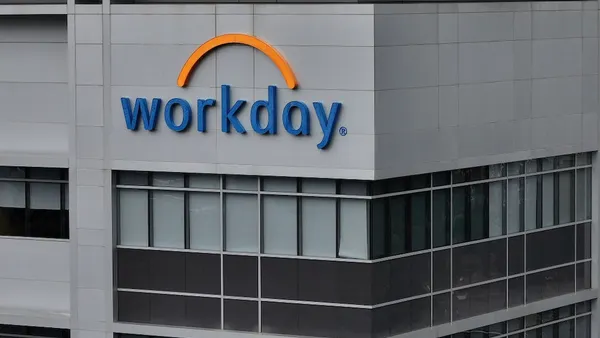Every niche of human resources could arguably benefit from data analysis. For Tonya Coleman, a senior workforce planning manager at global e-commerce company Wish, gathering, analyzing and acting on information is the bread and butter of her job.
As a workforce planning manager, she helps vendors with forecast accuracy, facilitates change management and collaborates with Wish stakeholders on contingency plans. She also oversees cross-functional team management and works to optimize contact center operations.
As a self-proclaimed "data-driven maven," Coleman leverages analytics across all of these responsibilities. Get to know Coleman and the brass tacks of workforce planning in the Q&A below.
This interview was conducted via email, and has been edited for clarity and brevity.
HR DIVE: As a workforce planning manager, what does your typical day look like?
TONYA COLEMAN: It’s data-filled days! It involves analyzing the day-over-day incoming volume that we receive. I monitor our queues to ensure we have the right people in the right place to be there for our customers. I stay in close communication with two vendors across Europe, India and South America and I make sure our partners have the insights they need to coach their teams to excellence. These are important roles in my job I take pride in.
You previously said "being able to orchestrate data to produce accurate forecasting and staffing models for our vendors" is the most rewarding part of your job. What goes into that process?
Being able to interpret and analyze data are the key skills needed to begin this process.
It involves gathering historical data, collaborating with stakeholders in finance, HR and recruiting to understand and align on headcount planning, quarterly allocations and any contingency planning. Then I use this information, the data and our tools to create staffing plans for our vendors.
You’ve also said before that the global nature of your workforce does not prevent you from feeling like you're working face-to-face with teammates. What tips do you have for HR folks tasked with engaging a global workforce?
What works for me is to create a shared space for my teams to communicate and engage easily: Slack, Google Chat and Microsoft Teams. Working with different time zones can be challenging, but those spaces allow everyone to stay connected and stay on the same page.
It's also helpful to have weekly virtual meetings and touch-bases, ask that cameras be turned on so we can put faces to the names, and create a sense of community and rapport with our peers.













